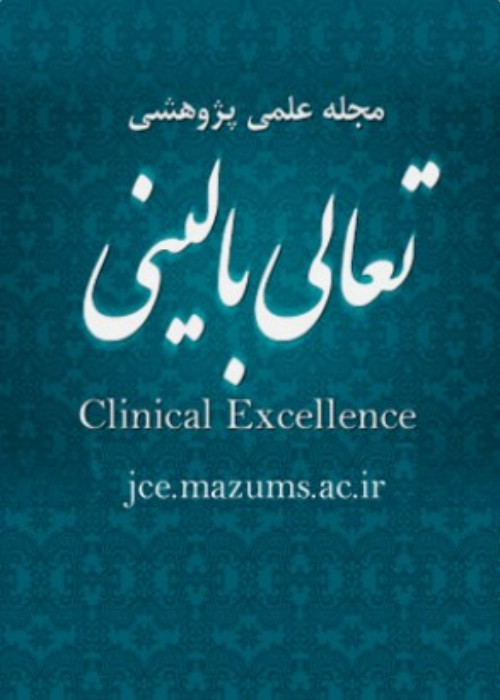A review of COVID-19 in children
In 2019-2020, a new coronavirus called SARS-CoV-2 was identified as the cause of several acute respiratory infections named COVID-19. So far, more than 200 million cases of the disease have been reported. The disease is transmitted mainly through secretions and large and small respiratory droplets, and even very small particles suspended in the air or direct contact. Transmission of the infection occurs 2-3 days before the onset of the symptoms till 7-14 days after that. Contact within 2 to 14 days of the onset of symptoms with an infected person can cause infection. In children, symptoms usually appear between 2-14 days after sick contact. Although the course of the disease in children is much milder than in adults and most of the children are asymptomatic, mild symptoms similar to the common cold including fever, lethargy, fatigue, loss of appetite, cough and rhinorrhea, or gastrointestinal symptoms such as vomiting, diarrhea and abdominal pain are common complications in children. Skin manifestations include generalized maculopapular rash, petechiae, and urticaria, and the involvement of a variety of mucosal surfaces is seen. In a small number of patients, involvement of the heart and other organs including cardiac, skin, … occur in the second stage, as a syndrome related to COVID-19 called Multisystem-inflammatory syndrome-in children (MIS-c). Based on the probability of isolation of COVID-19 specific virus or antibody, radiological findings of the lung or other clinical signs, close contact with a suspected patient or a definite patient, the diagnosis of the disease is divided into three groups: definite, probable and suspicious. Suspected cases have symptoms and probable cases have radiological changes suggesting disease. The best way to diagnosing is RT-PCR. Stool RT-PCR is also helpful in patients with diarrhea. Chest imaging is performed according to the patient’s condition. Proper quarantine is required in infected people to prevent transmission of the infection. Covid-19 infection and disease, like most viral diseases, have no specific treatment. Supportive treatment of the symptomatic patients is supplying water-electrolyte and calories. In severe forms of the disease, non-specific antiviral drugs such as remdesivir or favipiravir, etc., other alternative therapies such as corticosteroids and IVIG, etc are used in addition to oxygen therapy and supportive treatment. To prevent the disease, in addition to appropriate social distancing and using masks and gloves, several vaccines have been proposed, none of which have been recommended under the age of 18.
- حق عضویت دریافتی صرف حمایت از نشریات عضو و نگهداری، تکمیل و توسعه مگیران میشود.
- پرداخت حق اشتراک و دانلود مقالات اجازه بازنشر آن در سایر رسانههای چاپی و دیجیتال را به کاربر نمیدهد.


